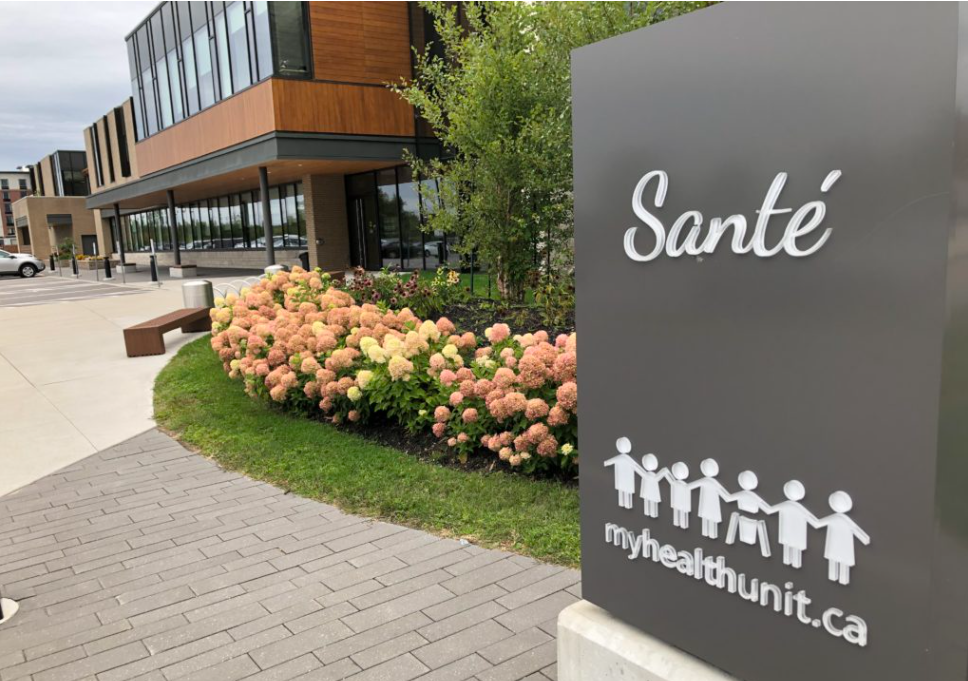Harmful Blue Green-Algae in Commanda Lake

The North Bay Parry Sound District Health Unit (Health Unit) is advising
residents on the southwest part of Commanda Lake to be cautious after a harmful
algae bloom, also known as blue-green algae, was confirmed in the lake by a
June 16, 2025 testing sample taken by the Ministry of the Environment,
Conservation and Parks.
While blue-green algae blooms may not always show the presence of toxins, there is always the risk that toxins could be produced. Toxins can stay in the water for
up to three weeks after the algae bloom is gone, causing skin irritation, and
if swallowed, diarrhea and vomiting.
Those who use the water of Commanda Lake may be affected depending on their closeness to the algae bloom, wind direction, water flow, and other environmental
conditions that cannot be predicted or controlled. Due to the many factors
involved, it cannot be determined where and when there are toxins, or when the
water is safe to use for private water systems.
Individuals who live near where a bloom was detected or where a bloom is visible, should exercise their judgment before using the water and follow these safety measures:
- Avoid using the water for drinking, swimming, bathing or showering. Keep children and pets away from the bloom. Using a private water system or boiling the water will not destroy the toxins. Private systems relying on surface water should use an alternate drinking water source for infants (i.e. bottled water)
- Avoid swimming and other water sports when a bloom is present.
- Do not allow pets or livestock to swim in or drink the water.
- If skin contact does occur, wash with soap and water, then rinse thoroughly with clean water to remove algae.
- Follow the Ministry of the Environment, Conservation and Parks Guide to Eating Ontario Fish. Exercise caution with respect to eating fish caught in water where blue-green algal blooms occur. Do not eat the liver, kidneys, or other organs of fish.
For more information about harmful
algae, visit myhealthunit.ca/algae or contact
the Health Unit at 705-474-1400, Ext. 5400.
For further details on the sampling
process, contact the Ministry of the Environment, Conservation and Parks Spills
Action Centre at 1-800-268-6060.
Quick Facts
· Cyanobacteria – also called harmful algae, blue-green algae or ‘pond scum’ – are not really algae, but tiny bacteria.
· Although usually hard to see, during hot weather they can grow rapidly to form a large mass, called a bloom. Blooms continually change and are difficult to predict. Wind, temperature or sunlight could change where the bloom is in the water.
· The Health Unit asks municipalities to post appropriate signage at the lake’s public access points to allow the public to make educated decisions on their water activities.
· Climate change can create conditions that are more favourable to harmful algal blooms. Warmer air and water temperatures, more precipitation events, and droughts can all affect the growth and toxicity of algal blooms. Fertilizers and soaps that run off into the lake may also promote harmful algal blooms.
· Dense, harmful algae blooms may make the water look bluish green, like green pea soup, or turquoise paint. Very dense blooms may form solid-looking clumps.
· Fresh blooms often smell
like newly mown grass, while older blooms may smell like rotting garbage.
· Blooms are not able to be
removed from the water; however, they can come and go throughout the season.
· Even when a bloom has
disappeared, toxins can survive in water bodies for a period of time.
· Long-term toxin exposure
at high levels may cause liver and nervous system damage.



